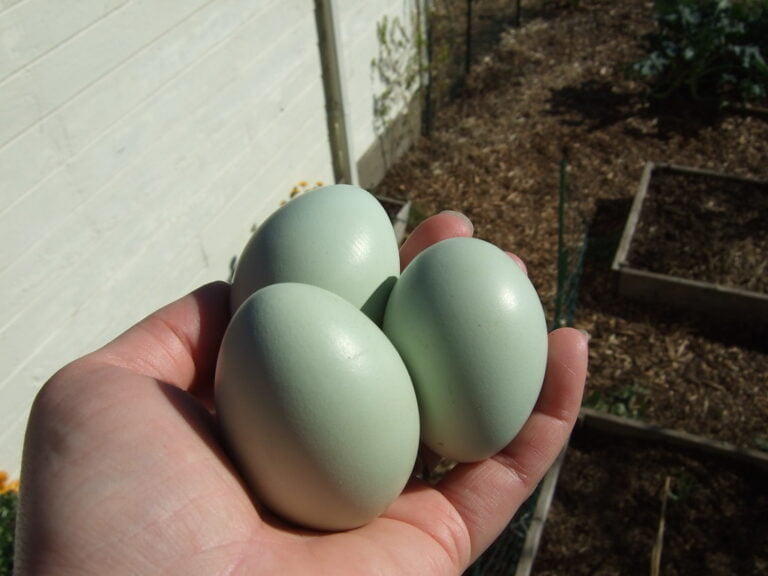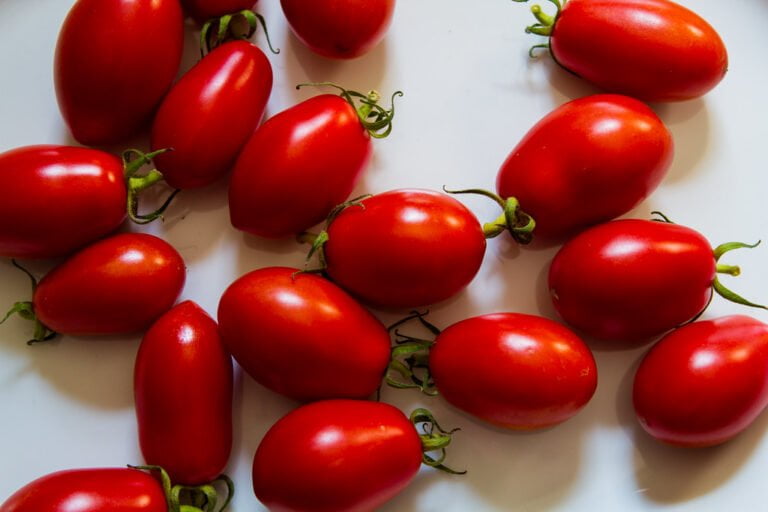Comprehensive Seasonal Gardening Tips and Tasks for Every Season
Being a skilled gardener involves precise tasks for each season. In late winter, research new plants, weed garden beds, and fertilize. Spring means checking soil, adding compost, and planting. Early summer requires harvesting, watering, and protecting plants. In full summer, water adequately, provide shade, and prune. Late summer involves clearing spent annuals, planting cool season crops, and weeding. Each season brings unique tasks and tips – mastering them is key to a thriving garden.
Late Winter & Early Spring Tasks
During late winter and early spring, I prioritize researching new plants, shopping for seeds, and cleaning out my gardening supplies to prepare for the upcoming season. It’s important to stay organized and ready for the busy season ahead in the garden. As the days start to get longer and the weather begins to warm up, I find myself enthusiastically planning the layout of my garden beds and deciding which new plants to introduce to my green space.
One of the vital tasks during late winter is to focus on garden maintenance. Weeding beds, adding kitchen scraps to the compost pile, and fertilizing both new and existing plants are tasks that set the foundation for a successful gardening season. It’s also a good time to clean out the garden shed or greenhouse, ensuring that tools are in good condition, pots are ready for planting, and hoop houses are prepped for use.
In early spring, I pay close attention to the specific needs of each plant in my garden. Understanding the planting schedule for warm-season crops and perennials is important, especially planning to plant them after the last frost day. This is also the time to prepare cool-season supplies like frost cloths and trays, as well as start hardening off warm-season starter plants. By staying proactive and organized during late winter and early spring, I set the stage for a vibrant and thriving garden season.
Spring Gardening Tips
Spring brings a burst of energy to the garden, signaling a time for revitalizing soil, planting vibrant blooms, and preparing for a flourishing season ahead. As the soil starts to thaw, it’s important to check its conditions. This is the perfect time to plant bare-root perennials and cold-tolerant annuals, setting the stage for a colorful garden landscape.
To guarantee your plants thrive, nourishing the soil is vital. Add compost or organic matter to boost soil health and provide essential nutrients. Post-frost, pruning plants is necessary to remove dead or damaged branches, promoting new growth. Consider staggering blooming times by planting early and late bloomers for continuous color throughout spring and early summer.
For a spectacular summer display, plant summer blooming bulbs now. Divide perennial plants to rejuvenate them and encourage healthy growth. Ensure your soil is ready for the season by testing its pH and adjusting it accordingly.
Seeding annuals adds a pop of color to your garden. Whether sowing directly into the ground or transplanting seedlings, annuals like marigolds and zinnias can create a lively and vibrant garden bed. By following these tips, you’ll set the stage for a successful and beautiful spring garden.
Early Summer Tasks
As we move into the early summer season in the garden, it is important to focus on key tasks to sustain the health and vitality of your plants. Harvesting cool season vegetables like lettuce, spinach, and kale at this stage guarantees maximum freshness and flavor. To support healthy root development, it’s vital to keep the soil consistently moist around seedlings and new plants.
Protecting tender cool season crops from the intense sun and heat of early summer can be achieved by using shade cloth or other shading methods. Removing spent blossoms of flowers is important during this time to promote continuous blooming and maintain a tidy appearance in the garden.
For vegetables, fertilizing consecutively every 2-4 weeks is essential. This practice provides necessary nutrients for strong growth and abundant yields. By following these tasks diligently, you can make sure that your garden thrives during the early summer months. Proper care during this period sets the foundation for a bountiful harvest and flourishing plants throughout the season.
Summer Gardening Tips
To ensure maximum growth and health of your plants during the summer months, prioritize sufficient watering and shade protection to counteract the impacts of intense sunlight and heat. In hot weather, it’s essential to water your plants adequately to prevent dehydration and stress. Providing shade for delicate plants can shield them from the scorching sun, helping them thrive. Applying mulch around your plants not only conserves moisture in the soil but also helps regulate soil temperature, keeping the roots cool during hot days.
Summer is the perfect time for pruning overgrown branches and deadheading faded flowers. This not only improves the appearance of your garden but also promotes new growth and flowering, ensuring your plants stay healthy and vibrant throughout the season. Additionally, feeding your plants with a balanced fertilizer is vital to provide them with the necessary nutrients for robust growth.
Late Summer & Early Fall Tasks
Given the shift from late summer to early fall in the garden, it is vital to focus on specific tasks to guarantee a smooth seasonal change and sustained plant health. As the days start to shorten and temperatures cool down, it’s time to clear out spent annuals and add compost to enrich the soil. Planting cool season crops now allows you to make the most of the remaining growing season. Remember to stop fertilizing all plants except for cool season vegetable seedlings to prevent excessive growth before winter sets in.
Preserving your garden harvest is critical during this time. Consider pickling, canning, or freezing your veggies and fruits to enjoy them throughout the colder months. Harvesting seeds from dried seed pods is another wise move. Not only does it save you money on buying new seeds, but it also ensures a continuous cycle of growth in your garden.
While attending to these preservation tasks, do not neglect routine garden maintenance. Weeding and pest patrols should still be on your to-do list to keep the garden healthy and thriving even as the season changes. By staying on top of these late summer and early fall tasks, you set the stage for a successful shift into the cooler months ahead.






